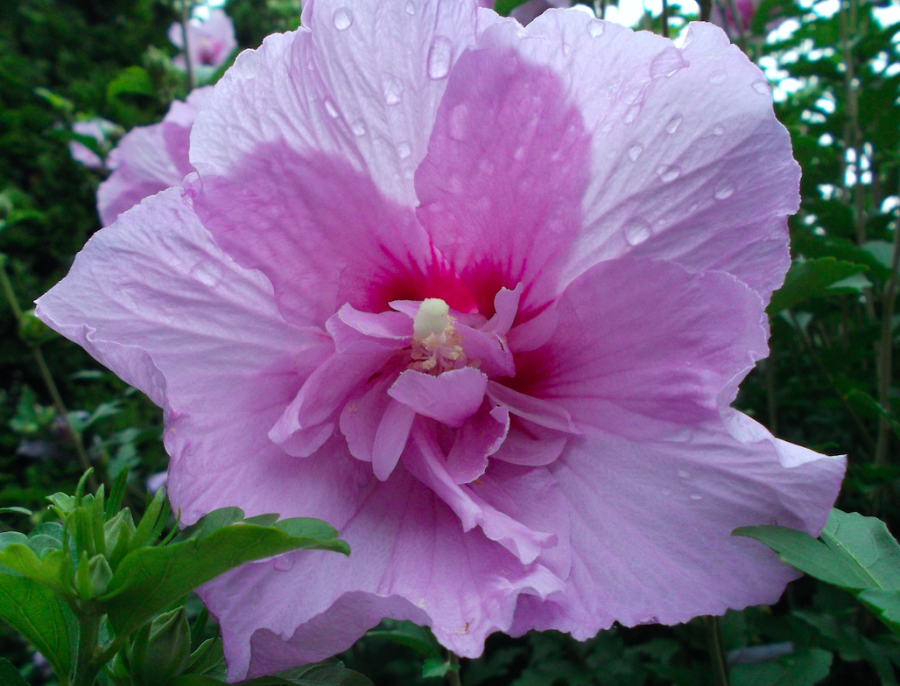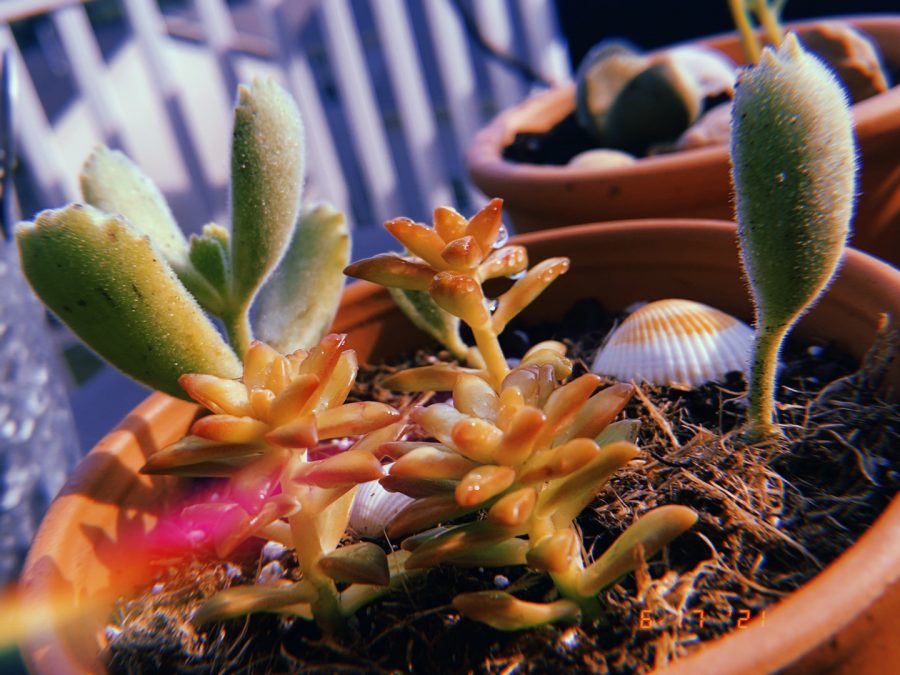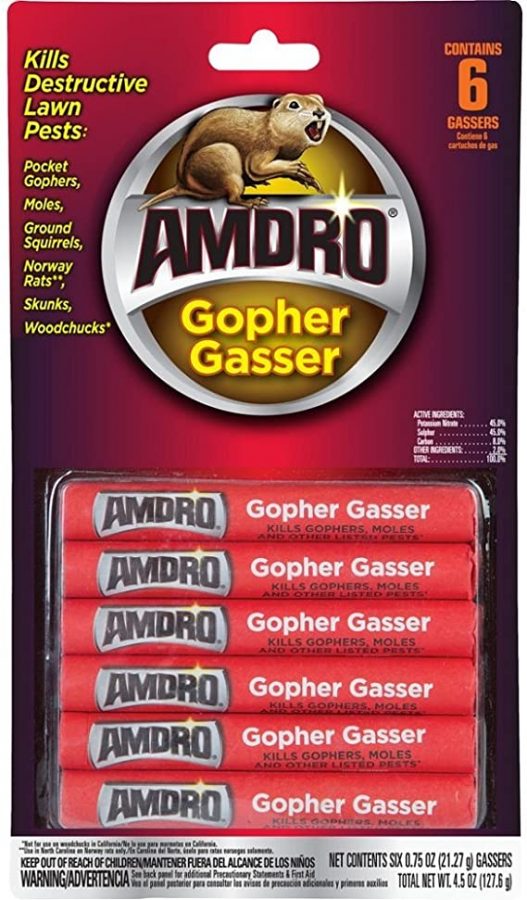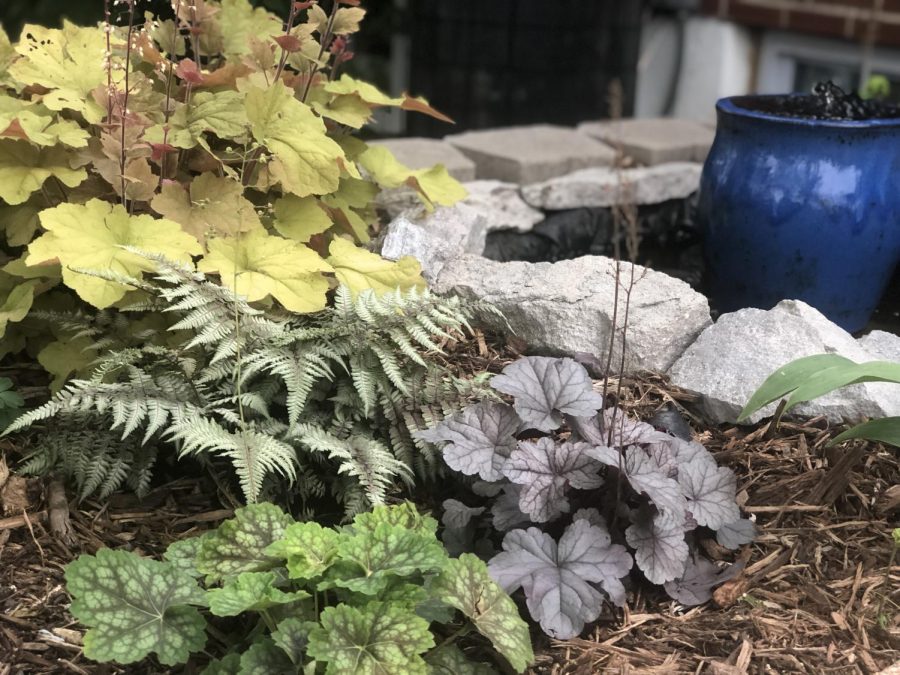Adding grace and beauty to the shady side of your lawn may be easier than you think.
Because hostas are easy to grow and to plant and do best in nonsunny areas of the yard, even the most inexperienced gardeners may use them to add beauty to their landscaping.
Any good garden soil is appropriate for growing hostas, which remain the most popular and best perennial in existence today for shady areas.
Experts offer these tips to get your hostas off to a good start:
Where to plant
Most hostas do best in shade or partial shade and will tolerate morning sun, but not hot afternoon sun.
Hostas should be planted in well-drained soil. One method of achieving adequate drainage in problem areas is to prepare a raised bed three to six inches above ground level. They grow well at the base of most trees, but do not mix well with nut trees
When to plant
The plants should be planted in the spring before the soil temperature reaches 65 degrees F. In the fall, you need to plant four weeks before the ground freezes for best results.
How to plant
If you cannot plant immediately after receiving these plants, place them in a cool location; your refrigerator vegetable drawer is best. Keep the roots moist and soak them in water four to six hours prior to planting.
Experts suggest that you work the soil eight to 10 inches deep into a good, loose condition.
Incorporate a mixture of good garden soil and compost into the hole. Make a mound in the center of the hole and place the plant on top of the mound, spreading the roots around the mound.
Hostas work great along that shady driveway or underneath a clump of trees that you’re tired of mowing around. For best results, plant them 12 to 18 inches apart.








